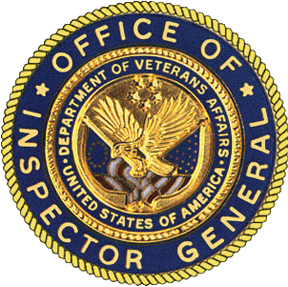New Patient Scheduling System Needs Improvement as VA Expands Its Implementation
Report Information
Summary
The VA Office of Inspector General (OIG) assessed whether the Veterans Health Administration (VHA) and the Office of Electronic Health Record Modernization (OEHRM) effectively implemented the patient scheduling component of VA’s new electronic health record system at two sites in 2020. They were the Chalmers P. Wylie VA Ambulatory Care Center in Columbus, Ohio, and the Mann-Grandstaff VA Medical Center in Spokane, Washington. The new scheduling system is part of VA’s $10 billion electronic health record contract with Cerner and has the potential to transform VHA scheduling. However, the OIG found that VHA and OEHRM knew of but did not fully resolve significant limitations before and after implementing the system at the Columbus and Spokane facilities, leading to reduced effectiveness and increased risk of patient care delays. With limited guidance and inadequate training on how to respond to unresolved issues, schedulers developed work-arounds. VHA employees also worked with Cerner to try to correct issues using a ticketing process that was ineffectively managed; OEHRM did not assess Cerner’s compliance with contract terms for handling tickets. VA planned to implement the system at all (11) Veterans Integrated Service Network 20 facilities by December 2021. However, OEHRM paused future deployment in March 2021 to conduct a strategic review of the full electronic health record program. VA needs to ensure VHA and OEHRM take appropriate steps to resolve issues with the new scheduling system as soon as possible. The OIG issued eight recommendations: (1) improving training for scheduling, (2) better engaging schedulers in testing and improvements, (3) issuing guidance on measuring patient wait times, (4) tracking help tickets consistent with contract terms; (5) developing a strategy to promptly resolve identified issues, (6) developing oversight of schedulers’ accuracy, (7) evaluating patient care timeliness, and (8) providing guidance to consistently address system limitations.
Continue to make improvements to the scheduling training as needed to address feedback from schedulers.
Require that some schedulers from each clinic fully test the scheduling capabilities of their clinics, solicit feedback from the schedulers to identify system or process issues, and make improvements as needed
Issue guidance to facility staff on which date fields in the new system schedulers should use to measure patient wait times.
Develop a mechanism to track and then monitor all tickets related to the new scheduling system, and then ensure the Office of Electronic Health Record Modernization evaluates whether Cerner effectively resolved the tickets within the timeliness metrics established in the contract.
Develop a strategy to identify and resolve additional scheduling issues in a timely manner as the Office of Electronic Health Record Modernization deploys the new electronic health record at future facilities.
Develop a mechanism to assess whether facility employees accurately scheduled patient appointments in the new scheduling system, and then ensure facility leaders conduct routine scheduling audits.
Evaluate whether patients received care within the time frames directed by Veterans Health Administration policy when scheduled through the new system.
Provide guidance to schedulers to consistently address system limitations until problems are resolved.
